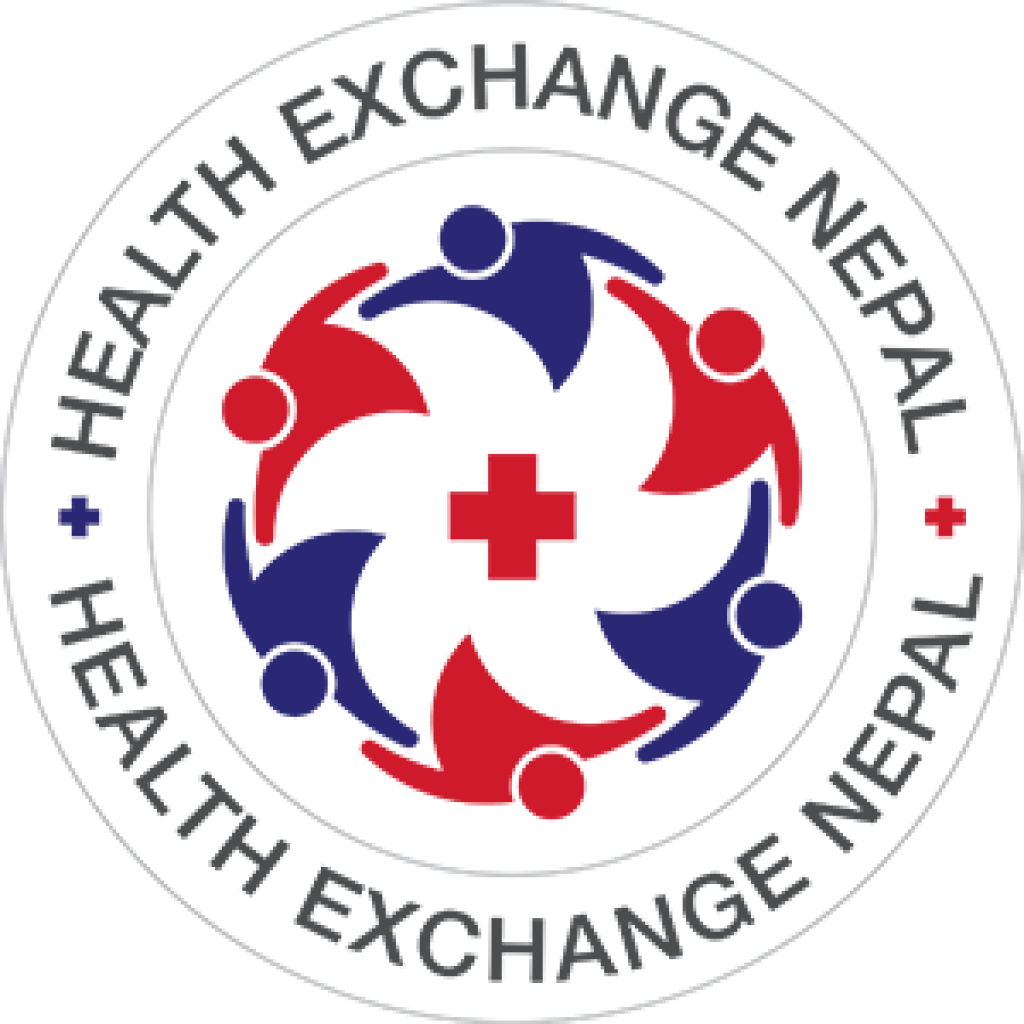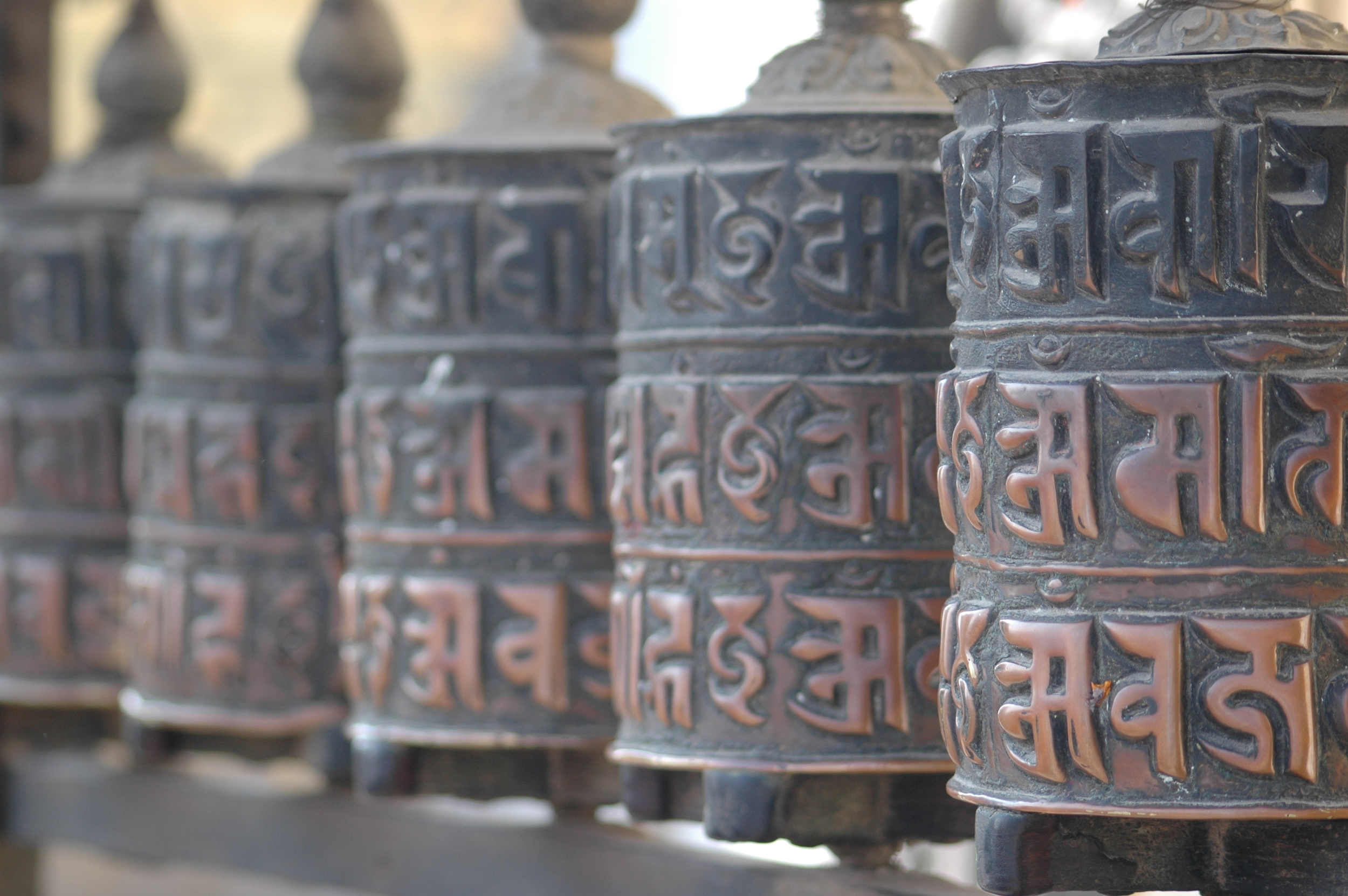HExN enjoys a fantastic Nepalese Doctor's Association AGM event
/HExN Committee members attended the Nepalese Doctor’s Association (NDA) 31st Annual General Meeting held in Newcastle from 29th – 31st July 2016.
140 delegates attended the event, most of which were Nepalese origin doctors based in the UK. The majority of these doctors are also members and active supporters of HExN. HExN has collaborated with NDA on a number of projects in Nepal over the past year.
HExN Chairman Satyan Rajbhandari led a forum on careers for junior doctors, highlighting the fact that charitable work counts positively in career progression in medicine. Other NDA members also spoke at the event about their charity work over in Nepal, including Kamal Aryal, Consultant of General Surgery at James Paget University Hospitals and NDA General Secretary. My Aryal presented an overview of the work of HExN in rebuilding schools and conducting the Laparoscopic surgery course at Dhulikhel Hospital just outside Kathmandu.
Former NDA Chairman Dr Arun Jha discussed HExN’s support in providing training on post-traumatic stress disorder, and HExN committee members also managed a dedicated stand at the event.
Delegates were impressed with the work HExN is undertaking in Nepal and we are delighted to welcome 12 new members to the charity.








